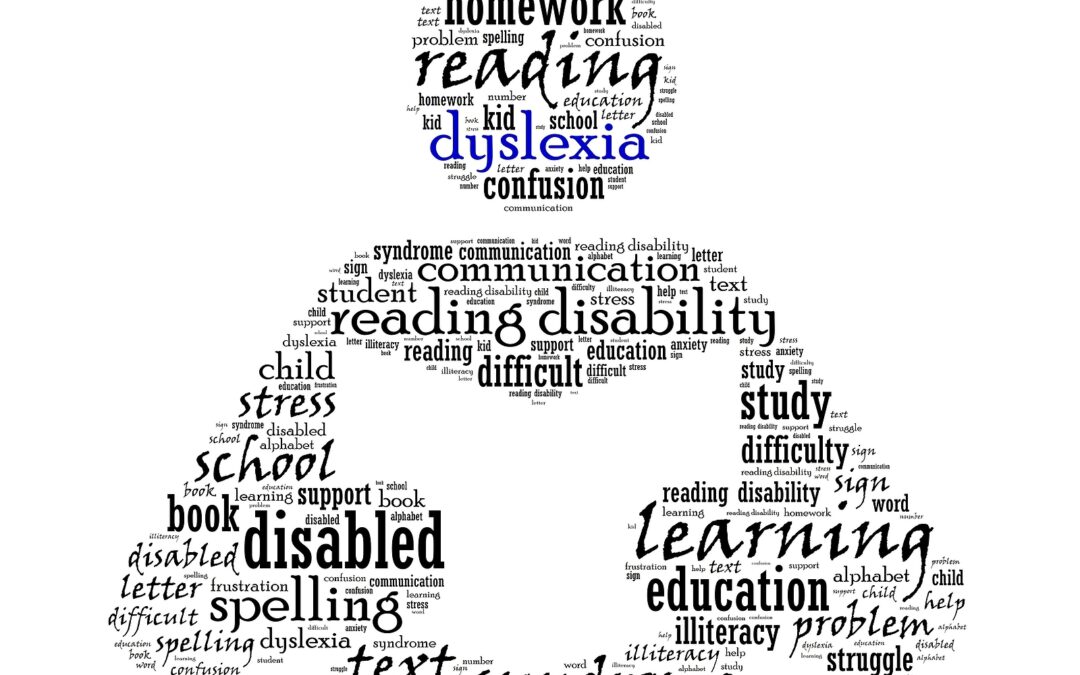Scientists know more than ever about dyslexia, but there are still far too many dyslexia myths being branded about. This can make it hard to know what’s right and how to best support your child.
In this blog I’m focusing on debunking the eight most common dyslexia myths.
Dyslexia Myths
Myth 1: Reading and writing letters backwards is the main sign of dyslexia
Fact: Some kids with dyslexia do write letters backwards but not all of them. Therefore, letter reversal isn’t always a go-to sign that your child has dyslexia.
Young children often reverse letters. Confusing b and d or p and q is common in pre-school and even first grade children. If however they are still doing this by the end of first grade then it would be worth taking them for an evaluation
Myth 2: Dyslexia doesn’t show up and can’t be diagnosed until elementary school
Fact: Signs of dyslexia can show up in preschool, or even earlier. Dyslexia often affects language skills that are crucial for reading so signs to watch out for in preschoolers include being a late talker, difficulty learning nursery rhymes, muddled words (flutterby, cubumber etc), poor fine motor skills and coordination, forgets the names of friends, teachers, colours etc and finds it hard to keep simple rhythm.
Myth 3: Children with dyslexia just need to try harder
Fact: Scientific research shows that brain function is fundamentally different in kids with dyslexia. Studies also show that reading can actually improve brain function over time, but effort has absolutely nothing to do with it. With the right support, teaching, instructions and practice in place, children with dyslexia can make real progress in reading.
Myth 4: Dyslexia disappears once a child can read
Fact: Intervention and the correct support make an enormous difference when children with dyslexia learn to read. However, it’s very important to note that being able to read does not mean they are ‘cured’. Dyslexia is a lifelong learning difference that often affects more than just reading ability.
Myth 5: Dyslexia is a vision problem
Fact: Vision problems do not cause dyslexia! Children with dyslexia are no more likely to have eye and vision problems than other children. It is true that some may struggle with visual perception or processing. However this directly relates to the brain. The brain has trouble recognising details in images and processing what the eyes are actually viewing.
Myth 6: Non-English speaking children can’t have dyslexia
Fact: Dyslexia exists all over the world and in all languages. However it can take longer to detect in bilingual children because it can be put down to the struggle of learning two (or more) languages simultaneously. If children are struggling with reading in their first language and their second language, it’s a good indication that they need to be evaluated.
Myth 7: Dyslexia is caused by not reading enough at home
Fact: Reading at home is important for all kids. But no amount of reading at home could prevent dyslexia. It’s a neurological condition – a difference in how the brain functions.
Myth 8: Dyslexia affects more boys than girls
Fact: It affects girls and boys equally. However, studies have shown that professional intervention is often sought out for boys earlier than girls.
Myth 9: A child with dyslexia will never be a good reader
Fact: With the right intervention and support, a child with dyslexia can in fact be a very strong reader with a total love for reading.
These are the most common dyslexia myths – the list goes on. If you have a child with dyslexia, focus on their individual needs, not general assumptions. As with all children, kids with dyslexia are all different and can never be placed into one big box!
If you would like to learn more about supporting your dyslexic child at home, read how to help your child to read at home here.


Recent Comments